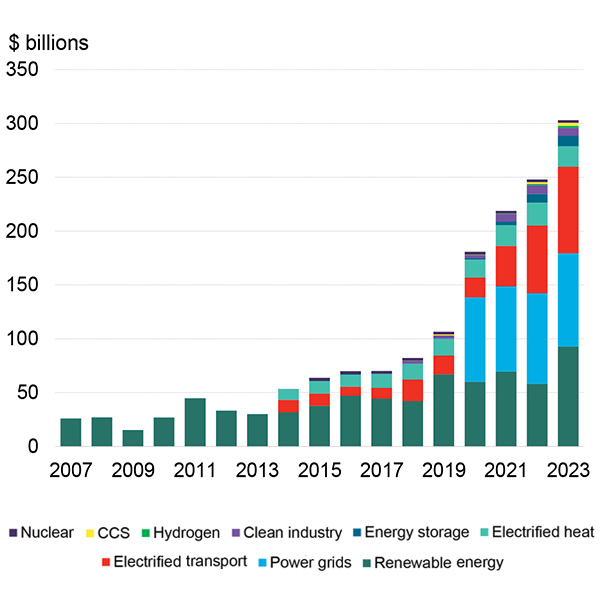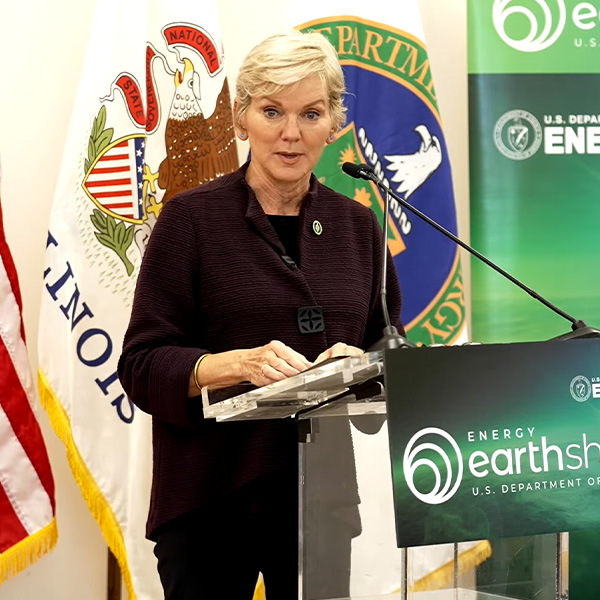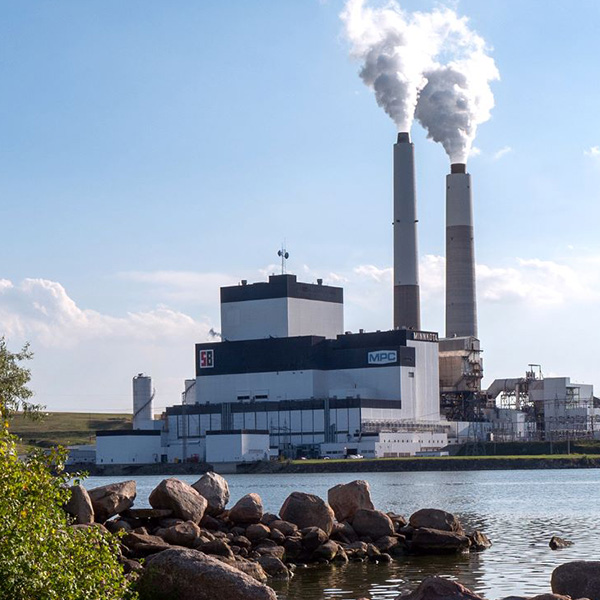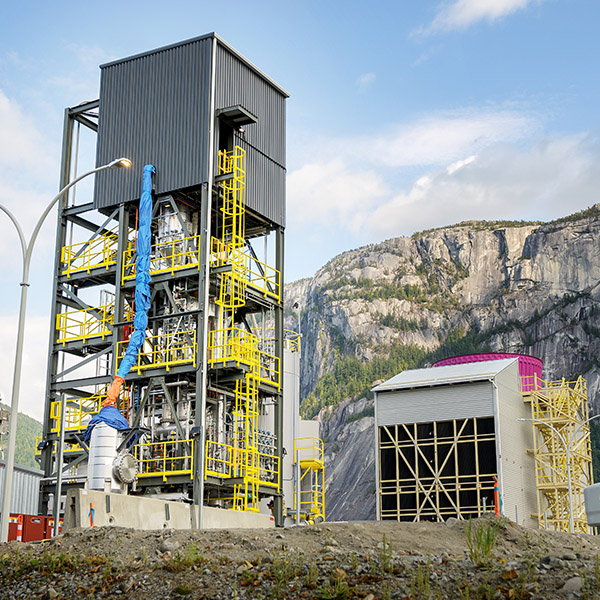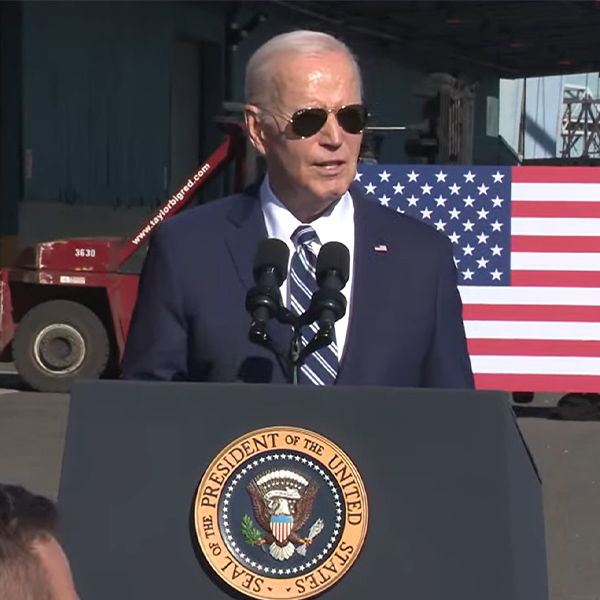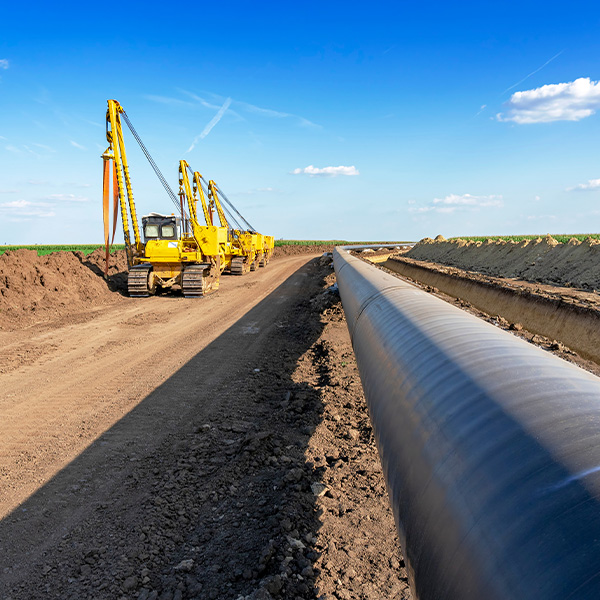Carbon Capture
Pennsylvania Gov. Josh Shapiro announced a new state energy plan he says will ramp up renewable production and save ratepayers $252 million while generating $5.1 billion in clean energy investments.
Utility executives told state regulators that natural gas and nuclear power will be part of the electric mix for decades as the industry decarbonizes.
The momentum created by billions of dollars in federal incentives and tax credits has been tempered by supply chain constraints and the impacts of inflation and higher interest rates.
DOE is focused on reshaping the U.S. energy landscape, but officials may have only another year to build the momentum needed to make any potential Republican rollbacks unpopular and unlikely.
Coming on the heels of COP28 in Dubai - and its weak call for a reduction in fossil fuel use - some researchers and advocates continue to argue that the normalization of CCS will simply prolong the burning of fossil fuels and the emissions they produce.
Renewables pledge calls for ending investment in new coal-fired power plants, "which is incompatible with efforts to limit warning to 1.5°C.”
DOE announced a pair of funding opportunities for battery manufacturing and carbon storage designed to spur grid storage, electrification and emission reductions.
FERC hosted a senior EPA staffer and heard from the industry and states on how the environmental regulator's latest proposal to cut carbon emissions from power plants will impact grid reliability as it is implemented.
The hydrogen hubs reflect an attempt to balance the conflicting political and energy industry interests that went into the bipartisan infrastructure bill.
DOE grants will be used to help developers make up the difference in cost between building CO2 pipelines for current demand versus projected future demand.
Want more? Advanced Search


